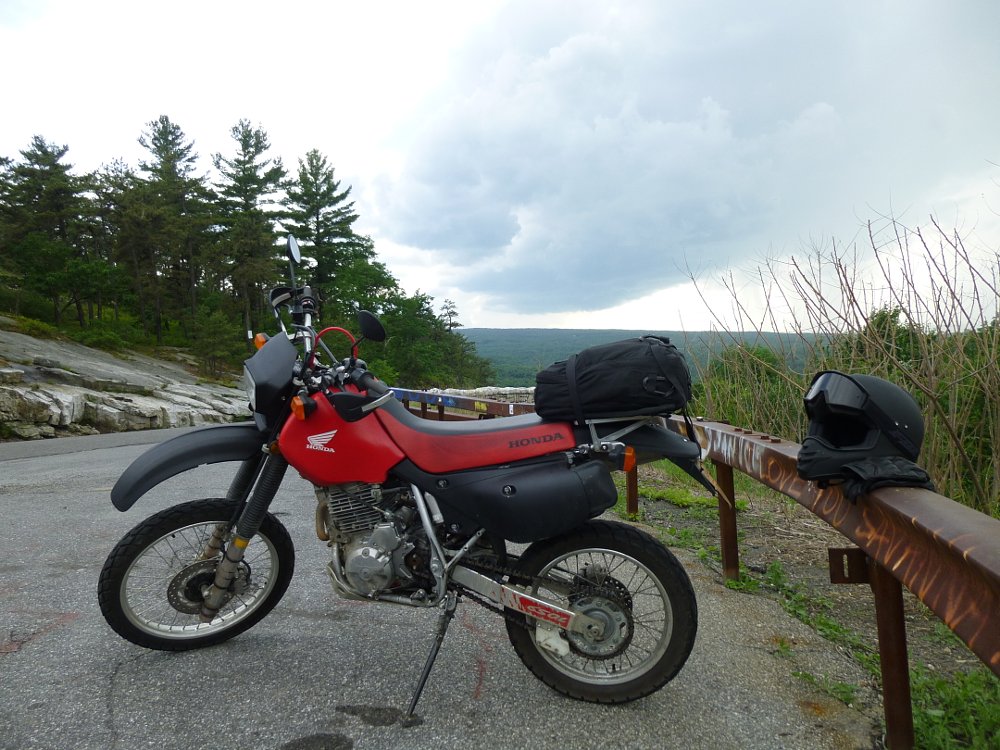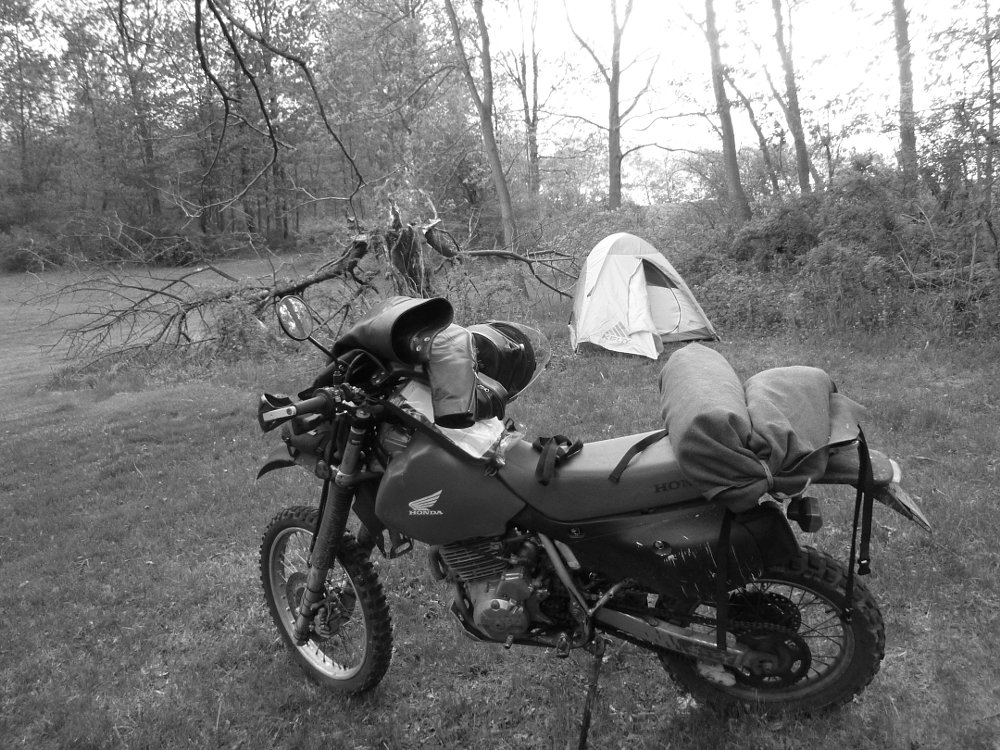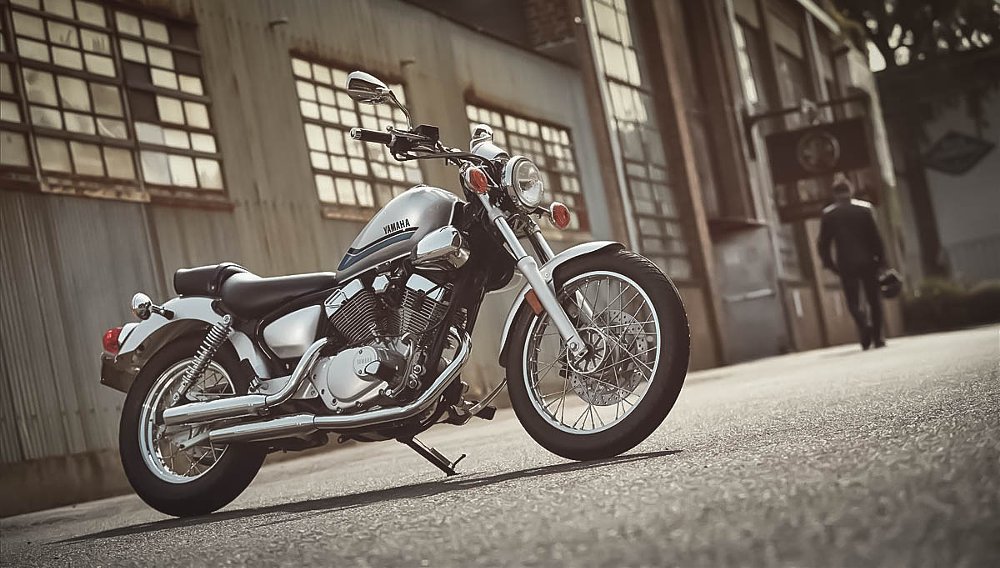When the XR650L rolled out for the 1993 model year, Honda could not have known that its new dual-sport would continue, virtually unchanged, for three decades. Few motorcycles of any type have this kind of staying power.
What’s so special about the big XR, and why do people still buy them brand-new when there are far more modern options available? (Note: Honda also produced an XR650R from 2000 to 2007. These bikes might look similar at a glance, but the XR650R is its own animal with a liquid-cooled engine, an aluminum frame, and dirt-only running gear.) Part of the explanation for the XR650L's endurance has to do with facts and figures, like weight, power, ground clearance, and MSRP. We’ll start there, and afterwards, we’ll talk with a longtime XR owner about his connection with Honda’s unkillable 650.
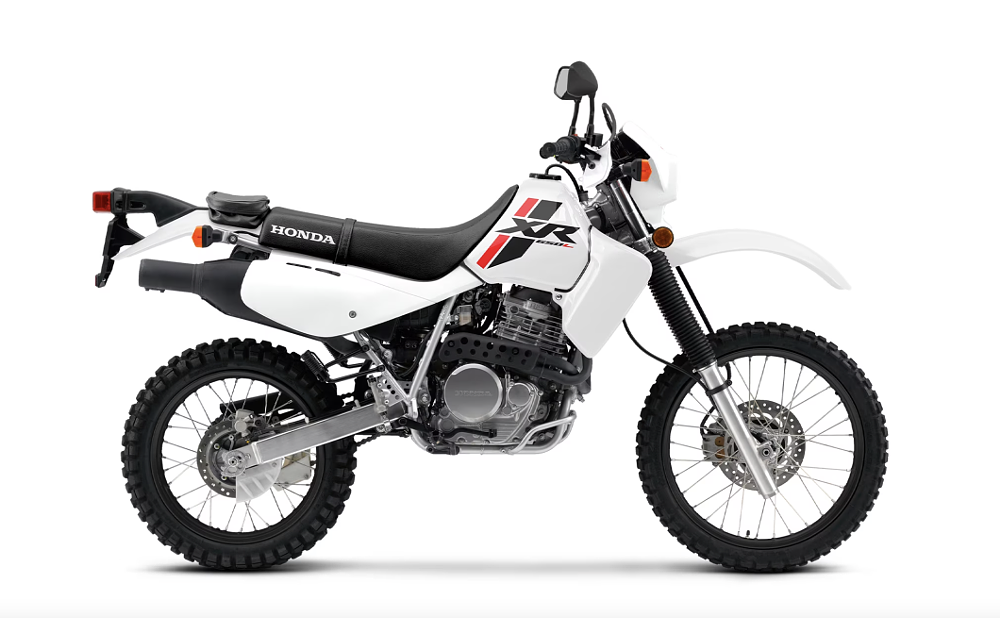
The XR650L’s enduring appeal
The XR650L was Honda's largest dual-sport when it was introduced, building on the XR line's legacy with enough power for highways, adventure touring, and even two-up riding. The target customer wanted one bike that could go anywhere. The 650 dual-sport class remained popular for many years and helped set the stage for today's ADV motorcycles.
Honda says a 2023 XR650L weighs 346 pounds, full of fuel and ready to rip. The seat height is 37 inches, which can certainly discourage some riders, but the 13 inches of ground clearance and 11 inches of suspension travel give legitimate off-road abilities. For the bike’s fans, this level of versatility in a manageable package is hard to resist. An XR can be pressed into service as a dual-sport, a commuter, an adventurer, or a platform for a custom scrambler or supermoto. Aftermarket support is robust. Don’t confuse the XR650L with an outright dirt bike, but it can be surprisingly capable in the right hands.
Although the air-cooled, 644 cc engine is a dinosaur by modern standards, the XR offers mechanical simplicity and reliability that appeals to all kinds of folks. XR650Ls produce roughly 40 horsepower. More importantly, the big thumper churns out 47 foot-pounds of torque. You won’t be going anywhere fast, but you can go just about anywhere. And with a reasonable fuel economy of 40 to 50 miles per gallon, it doesn’t cost much to run. It doesn’t cost much to buy, either; Honda asks $6,999 for a 2023 model. That makes it the most affordable new Honda of any kind over the 500 cc mark.
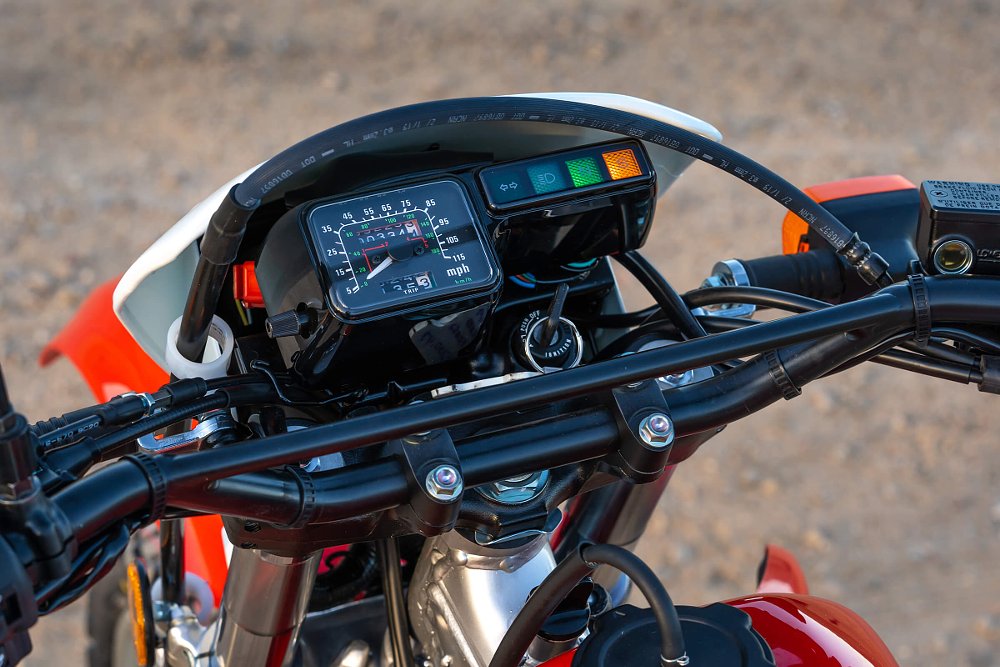
There’s another reason that the XR650L stuck around for so long: economy for the manufacturer. Honda bought and paid for the necessary tooling long ago, and the bikes keep selling. Fans might gripe about carburetors and five-speed transmissions, but the cost of changing the XR650L would almost certainly spell the end of the model. So they beat on, dual-sports against the current of today’s motorcycle trends.
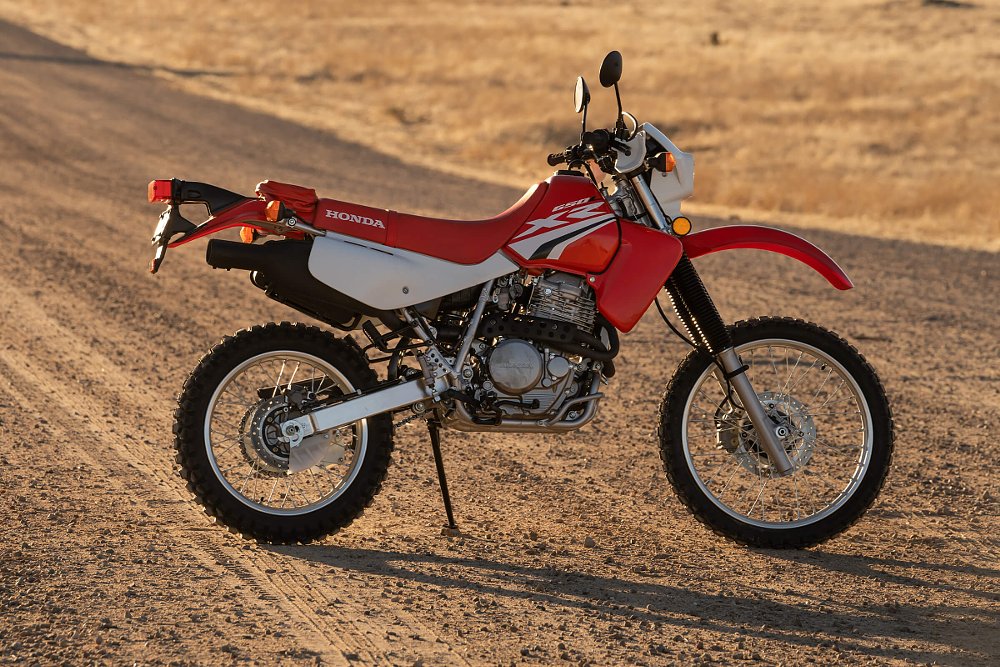
The XR faithful have identified and solved every major issue with these motorcycles over the years. Among the XR650L, the Kawasaki KLR650, and the Suzuki DR650S, the Honda is arguably the best choice for off-road use with its 18-inch rear wheel and class-leading wet weight. Ultimately, the XR650L is a known quantity. Owners know exactly what they’re signing up for when buying one. Honda will keep building them until there is a compelling reason to stop.
Interview: One owner’s thoughts after a decade riding a Honda XR650L
To better understand the draw of Honda’s big thumper, I spoke with RevZilla’s senior video editor, Matthew Fels. He’s owned his 2007 XR650L for 10 years. All kinds of motorcycles have tried to lure him away, but he stuck with his trusty Honda every time.
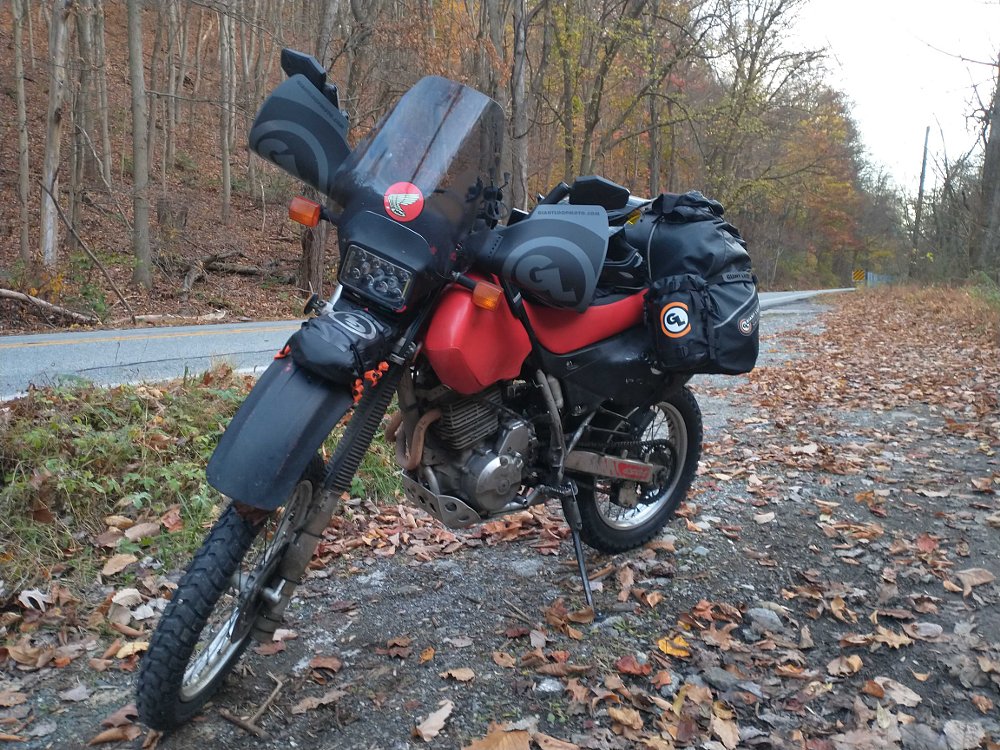
Andy Greaser: How did you decide on an XR650L?
Matthew Fels: I got it because I’m tall, and because I’m a “one bike” kinda guy. I wanted something relatively lightweight that I could use for mixed off-road/pavement touring. Nothing else really fits the bill under 400 pounds. I also wanted something that I could load on a trailer hitch with a 500 pound tongue load limit. This thing is cheap, reliable, and good enough at everything I want to do. It’s a dull Swiss Army knife, but it always gets the job done.
I’m the third owner. I think it had 14,000 miles on it when I snagged it. The second owner modded it for the TransAmerica Trail, which is what made it an attractive used bike for me. Most of the stuff I wanted was already bolted up. It had the classic carb mods, it was de-smogged, and it already had the big tank, stiffer springs, a tail tidy, skid plate, Barkbusters, and a Trail Tech Vapor dash. It also came with a spare set of tires, and all the original bits and bobs, including the tank with mint factory paint.
AG: Has it needed much work? Any issues?
MF: The only mechanical problems were due to my neglect. I had a mouse nest in the airbox, a few dead batteries, but that’s it. A faulty headlight bulb caused an intermittent electrical problem once, and because the headlight is on the same circuit as the starter, it stranded me. Just that once! But that was a $10, five-minute repair. Otherwise, I’d have to run out of gas to get stuck.
As for maintenance, it just needs oil and filter changes. I stopped messing with foam air filters because performance isn’t a priority for me, and they’re too high maintenance. K&N paper filter for the win!
AG: What’s an ideal trip for you and your XR? What’s the best way to use one of these tanks?
MF: I haven’t done any big Backcountry Discovery Routes or TransAmerica Trail trips yet. Now that it’s better equipped for cool/wet weather, I’m looking to change that. Joe Zito recently upgraded the stator, installed heated grips, added an LED headlight, and hooked up a powerlet for a heated vest. But I’ve gone up and down the eastern seaboard on some multi-day camping trips: Skyline Drive, Blue Ridge Parkway, places like that. Along the way, I hit as many gravel fire roads and dirt trails as I can find… Not to mention quite a bit of time in the Pine Barrens, including the Pine Barrens Adventure Riding course.
AG: And after a decade of ownership, you’re sticking with your XR650L?
MK: I’m not planning on selling it. Ever. It’s too sturdy and reliable a platform — it’s a tractor! Zito called it a “cockroach bike,” which I think is great, and that’s exactly what I wanted. It’ll last a long time. XRs are very hard to kill.
It definitely needs attention and parts to expand its capabilities, but even after that expense, it’s a whole helluva lot cheaper than an Africa Twin! And I like that if it did kick the bucket, I can theoretically buy a MY23 for $7,000 and swap over most of the upgrades I’ve already got. I find that hugely reassuring.
Then consider the fact I get just about 50 miles per gallon on this hog (or pig… or cockroach). The XR650L might be the farthest thing from cutting edge, but show me another dual-sport that offers a similar combination of low weight, good power, aftermarket support, and total reliability. I’m never selling it.





